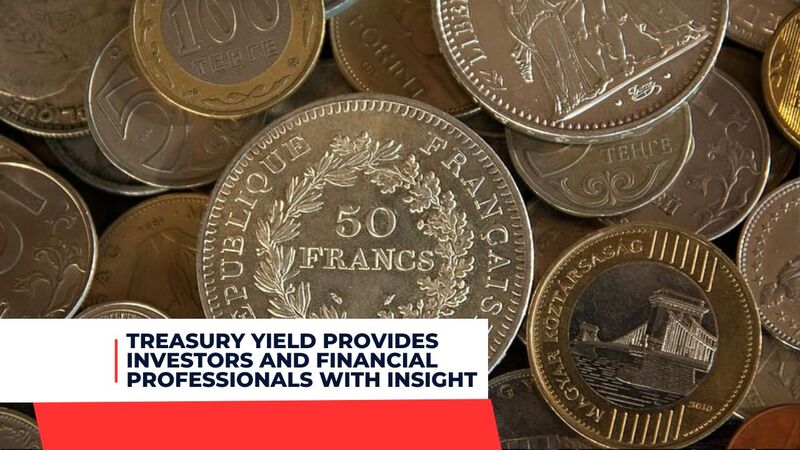The 10-year Treasury yield is one of the most watched rates in America. When this bond yield increases, it may indicate rising inflation expectations.
Investors will keep a keen eye out for reports that offer more clarity on inflation and the economy, which could potentially influence interest rate policy going forward.
Inflation
The 10-year Treasury yield, which reflects investors’ expectations for inflation and interest rates over the coming decade, has seen its yield increase since CBO increased their projections for both short- and long-term interest rates as well as term premium (which pays bondholders extra returns to compensate them for taking on more risk).
Yield is used as a reference point in many financial valuations, such as discounted cash flow calculations that estimate how much an investment is worth today based on projected future income estimates. Yield can also affect stock markets – rising yields may push funds away from stocks into bonds instead.
Additionally, yield can serve as an indicator of investor sentiment. When confident investors feel comfortable investing in riskier assets and demanding higher returns for taking additional risk, yields tend to increase accordingly; conversely, falling yields signal caution and an investor looking for safer haven investments.
Interest Rates
Interest rates impact every investor, homebuyer and individual borrowing money for business purposes alike. One widely followed benchmark in interest rate history is the 10-year Treasury yield: this represents what would be earned on an identical 10-year government bond bought today if purchased today; falling yields signal an impending downturn while rising ones indicate increased economic optimism.
Long-term rates have experienced an unprecedented surge as inflation remains at unprecedented levels. From gas price increases and student loan payments resuming to ongoing autoworkers strikes and possible government shutdown threats next month, rising prices are expected to reduce consumer spending and drive consumers towards savings accounts instead of spending.
All these factors contribute to rising interest rates, driving investors toward safer investments such as Treasury notes. On Thursday, the 10-year yield reached over 4.06% while two-year yield hit 5.12% – close to its highest point in 16 years! In addition, yield curve width also expanded significantly.

Economic Growth
The 10-year Treasury yield provides investors and financial professionals with insight into the economy. It fluctuates depending on investor sentiment and supply of bonds; when rising yields signal economic optimism while falling ones signal distress.
Demand for U.S. Treasury bonds, which are backed by its full faith and credit of the nation, influences their prices and yields. When investors become uncertain about economic prospects, they seek safety in Treasurys with low return and their low price increases which reduces yield.
The Treasury bond market is one of the world’s most liquid markets, with the 10-year Treasury yield serving as a key benchmark rate in U.S. financial markets and global economies. It impacts mortgage rates and borrowing costs for businesses alike – it even serves as an indication of discounted cash flow calculations used in corporate valuations!
Stock Market
Stock market prices have an enormous effect on 10-year Treasury yields. When investors seek out safe investments during times of economic instability, demand for Treasuries increases which drives up their prices and decreases their yields.
An additional major factor is inflation. High levels of inflation can diminish investor returns on fixed-income securities, leading to their yields to increase; conversely, low inflation encourages riskier investments which lead to decreased demand for Treasury bonds, thus driving prices lower and yields up.
The 10-year Treasury yield serves as a key barometer of market sentiment and investor trust, serving as an industry standard benchmark mortgage rate and reference point in financial valuation calculations such as discounted cash flow analyses. Taxable at both the federal level as well as for individual investors (though you can deduct interest payments from taxes). Rising yields indicate rising inflationary pressure and economic expansion while declining ones indicate potential concerns among investors.
To know more about recent developments, visit our Alts news website. Thankyou!
- Friday Intraday Trading Sees Nvidia’s stock Market Cap Momentarily Cross $2 Trillion
- Trump’s January 6 Civil Cases Proceed While Criminal Case Is Halted
- Trump Delivers Speech at the Columbia Black Conservative Federation Gala
- Trump Declares Strong Support for IVF Following Alabama Supreme Court Decision
- Schumer in Ukraine Declares US Backing During House Aid Standoff






